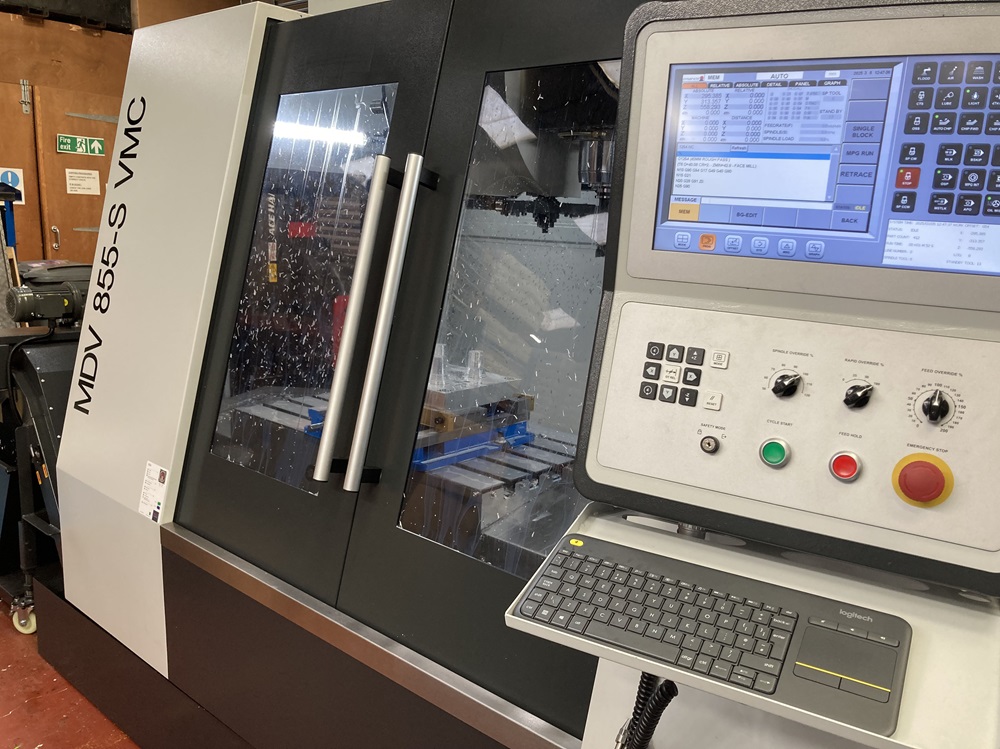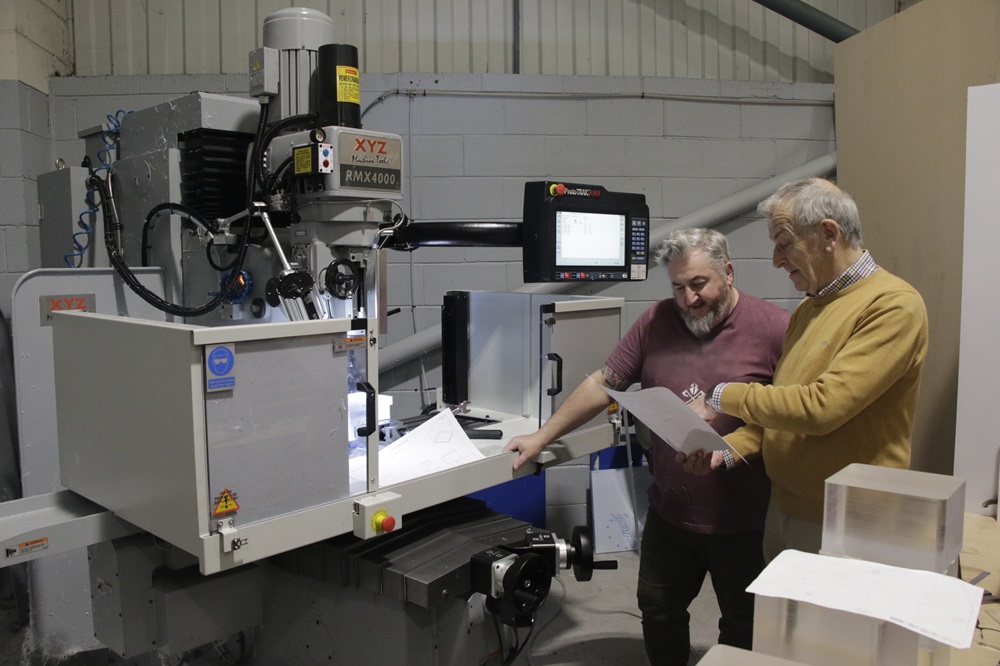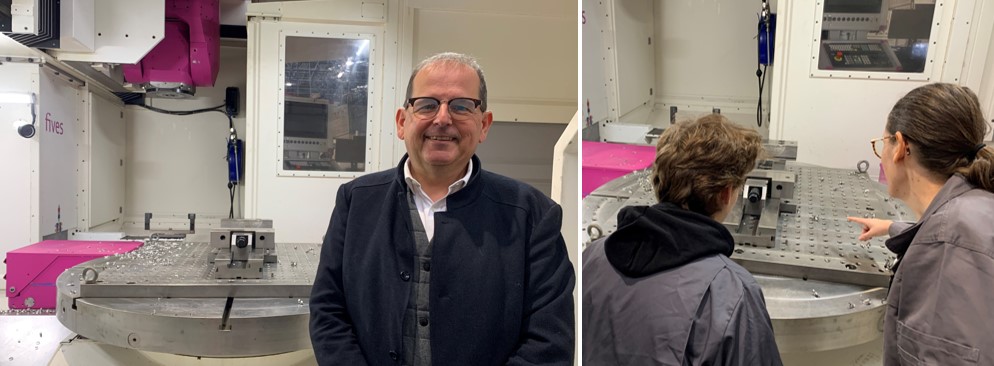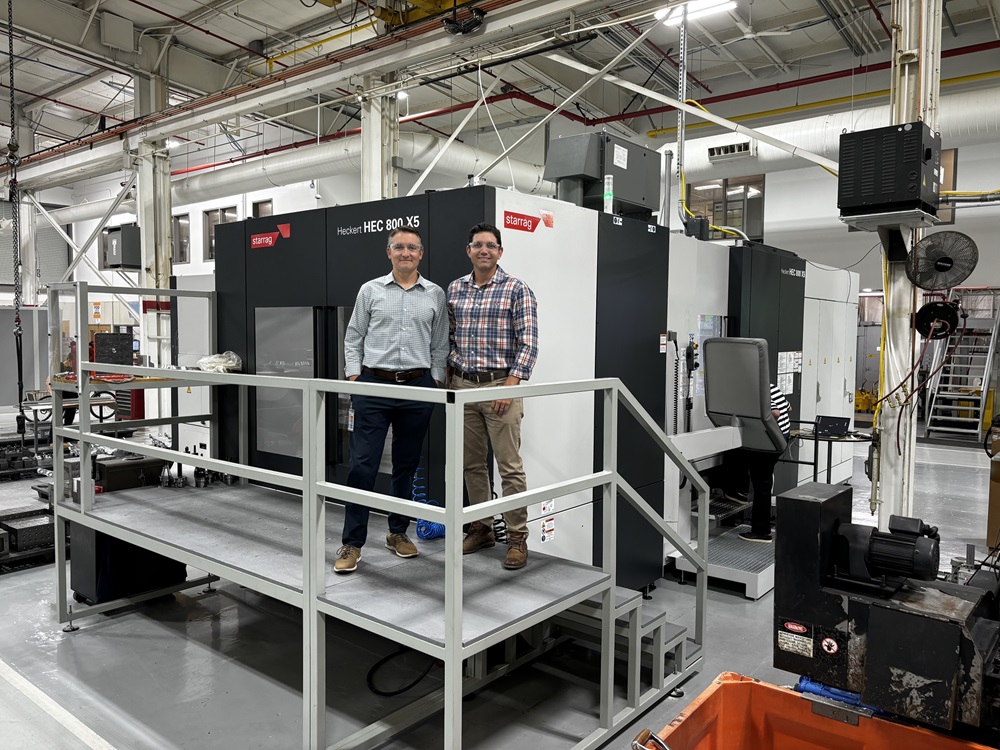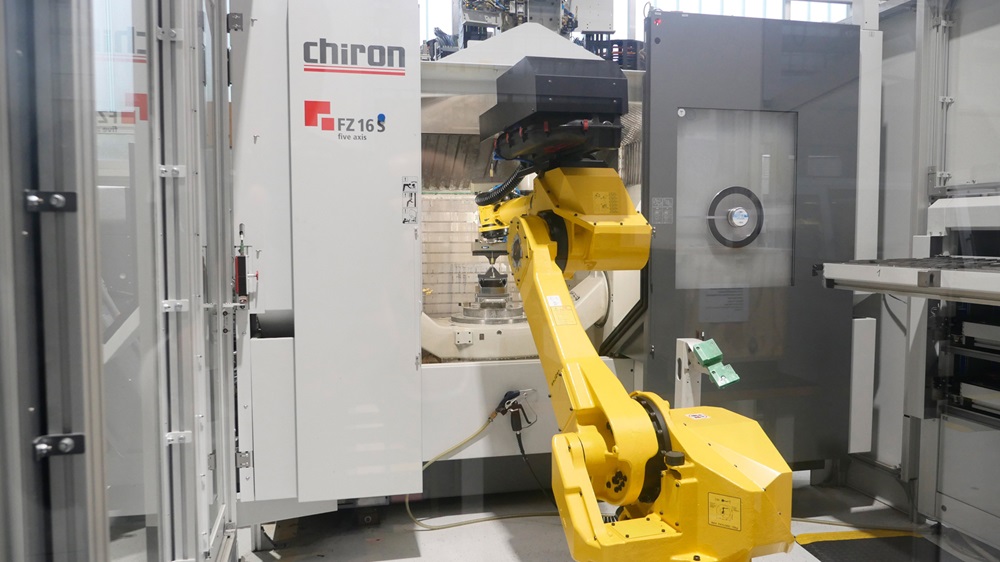Sustainable injection moulding specialist Great Central Plastics (GCP), which is committed to continuous improvement, has strengthened its in-house toolroom’s machining capabilities by investing in a new three-axis vertical machining centre from MACH Machine Tools. The machine’s arrival has had a direct and immediate impact on the company’s toolroom productivity, improving floor-to-floor times and optimising process efficiencies.
The machine, a DynaPath-controlled MACH MDV 855-S, was installed at GCP’s facility in Northamptonshire in December 2024, and is the first production-oriented CNC machine tool acquired by the company in its 27-year history.
Post installation, the machine has been put through its paces producing a range of high-precision mould tool components that include bolsters, plates, cavities, core inserts and supporting fixtures for GCP’s custom-designed and built mould tools. The machine was selected after conducting cutting trials at MACH’s Bristol facility.
Says Phil Brown, GCP’s toolroom manager: “We were impressed with the machine’s ability to deliver the accuracies, surface finishes and processing speeds we need.”
MACH Machine Tools’ MACH MDV 855-S features the DynaPath CNC control with a 15.6” LCD touchscreen. It can be used for conversational and ISO programming, and has 8 GB of memory and a 10,000 block look-ahead capability for fast and smooth contouring and profiling. The control also enables customers to access MACH’s 24/7 (Wi-Fi) remote service and support facility for real-time diagnostics, troubleshooting and applications advice.
“The remote assistance function is really useful, and I’ve had occasion to use it when I had an issue with the machine’s tool changer,” says Brown. “I’d made a programming error but, after logging into our company’s account was able, via the ‘What’s App’ link, to talk directly with MACH’s technical support staff to solve the problem quickly.”
More information www.machmt.co.uk






